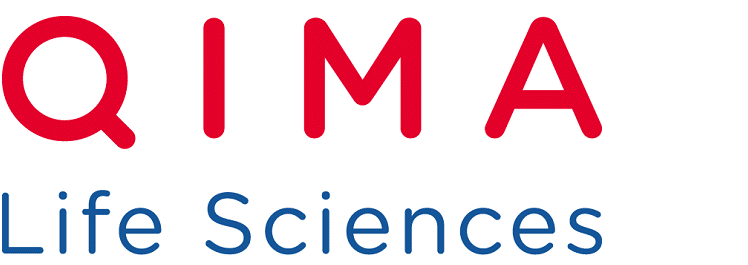Front. Immunol. 13:984045
CORDIER-DIRIKOC S., PEDRETTI N., GARNIER J., CLARHAUT-CHARREAU S., RYFFEL B., MOREL F., BERNARD FX., HAMON DE ALMEIDA V., LECRON JC. AND JEGOU JF (2022)
Université de Poitiers, Laboratoire Inflammation, Tissus Epithéliaux et Cytokines (LITEC), UR15560, Poitiers, France.
INEM, CNRS, UMR 7355, Orléans, France.
Service d’Immunologie et Inflammation, CHU de Poitiers, Poitiers, France.
QIMA Bioalternatives – QIMA Life Sciences, Gençay, France.
Abstract
IL-1 plays a crucial role in triggering sterile inflammation following tissue injury. Although most studies associate IL-1 release by injured cells to the recruitment of neutrophils for tissue repair, the inflammatory cascade involves several molecular and cellular actors whose role remains to be specified. In the present study, we identified dermal fibroblasts among the IL-1R1-expressing skin cells as key sensors of IL-1 released by injured keratinocytes. After in vitro stimulation by recombinant cytokines or protein extracts of lysed keratinocytes containing high concentrations of IL-1, we show that dermal fibroblasts are by far the most IL-1-responsive cells compared to keratinocytes, melanocytes and endothelial cells. Fibroblasts have the property to respond to very low concentrations of IL-1 (from 10 fg/ml), even in the presence of 100-fold higher concentrations of IL-1RA, by increasing their expression of chemokines such as IL-8 for neutrophil recruitment. The capacity of IL-1-stimulated fibroblasts to attract neutrophils has been demonstrated both in vitro using cell migration assay and in vivo using a model of superficial epidermal lesion in IL-1R1-deficient mice which harbored reduced expression of inflammatory mediators and neutrophil skin infiltration. Together, our results shed a light on dermal fibroblasts as key relay cells in the chain of sterile inflammation induced after epidermal lesion.
>>Read the full article here
© 2022
KEYWORDS: keratinocytes, fibroblasts, IL-1, skin, sterile inflammation, epidermal lesion



